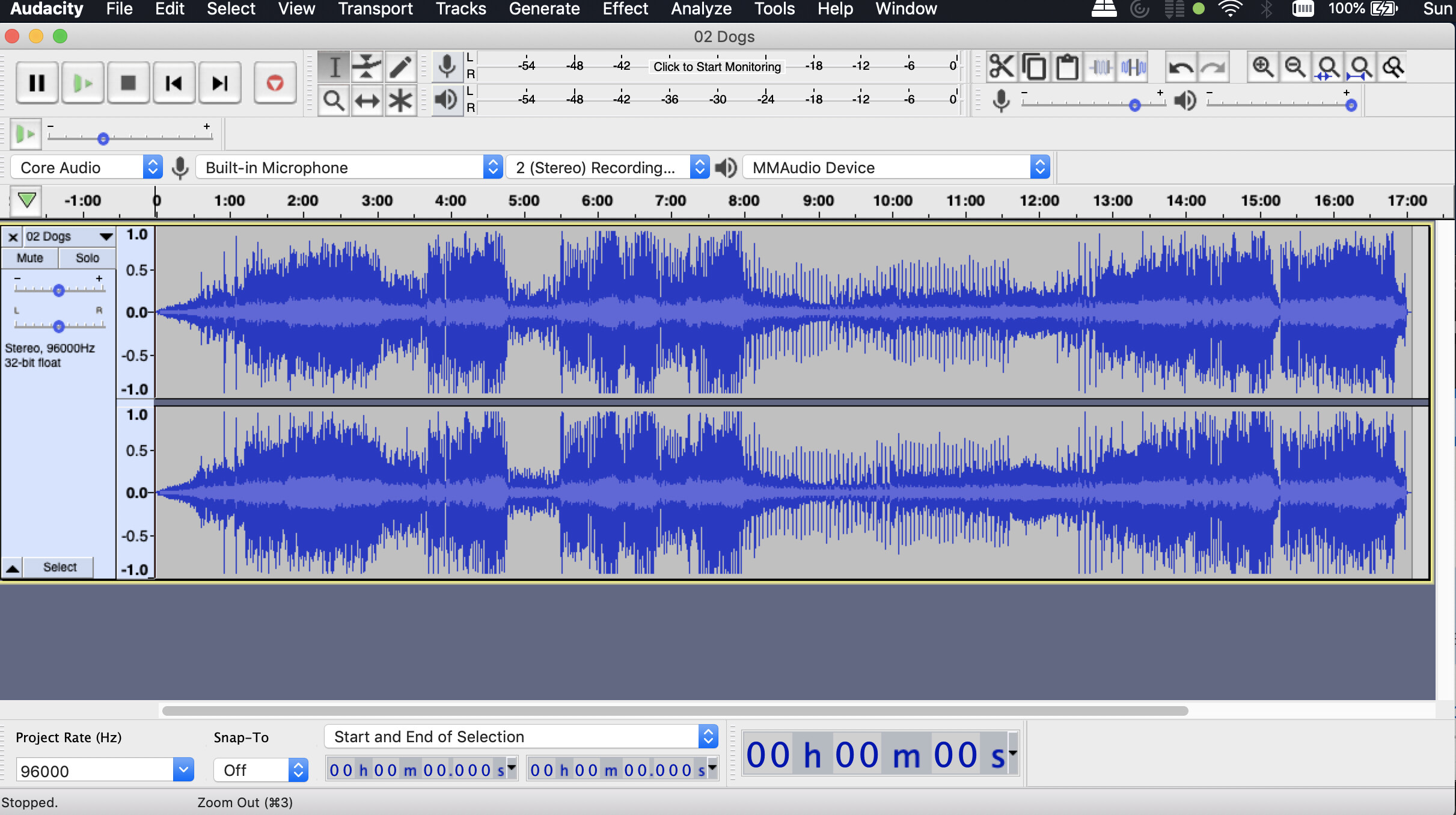FYI - There is a 3rd party plug-in called [u]dpMeter5[/u] that can measure EBU R128 Loudness Range (“LRA”). It also measures LUFS loudness, peak, and other measurements.
Loudness is complicated and dynamics are even more complicated! One measure doesn’t tell the whole story. EBU R128 is one standard, but IMO it’s a good standard.
There are short-term dynamics (drum hits & accents, etc.) and longer-term dynamics where half the song is loud and half is quiet, or the cannons at the end of the 1812 Overture, or everything in-between. Some of it is from the music & performance and some of it is from the mixing/mastering/processing.
I can say for the two songs whose images are listed the first with the wider dynamic range is much older (an 80s track) and the second more recent (a 2010s)
However, I will do a more thorough check. All songs fall into the two categories (wide or narrow) dynamic range and I will see if there is any date correlation.
You usually can’t tell much by looking at waveforms or spectrums or making measurements. Your ears & brain are the usually best tools for determining "quality. You can’t look at a waveform to predict if you’ll like listening to a song! 
If it “sounds bad”, sometimes measurements will confirm what you’re hearing or help to explain why it sounds bad. Measurements are more useful for testing your equipment (your speakers, etc.) but even then the results can be misleading because you can measure things that you can’t hear.
P.S.
I read an article once about common characteristics of hit songs (or maybe #1 songs). They didn’t mention dynamics but obviously “constantly loud” sells or they wouldn’t produce so much music that way. (To me constant loudness is boring.) I do remember that most hits have a fast dance beat, the lyrics say “you” with the 1st couple of lines, and female singers have more hits than male singers. That last one surprised me. Most of my favorite artists are males and I mostly like male singers that actually sound like men. 
…I grew-up with vinyl and I always hated the “snap”, “crackle”, and “pop” even though it didn’t seem to bother most people. And I notice that the noise was most noticeable during the quiet parts. When CDs came out I assumed… incorrectly… that artists would start making more dynamic music to take advantage of the expanded dynamic range. (Classical music has always been dynamic so the noise was worse. But, I was listening to rock.)
Maybe things are starting to “improve” now that the streaming services are turning-down the extra-loud songs. But it just seems like dynamics have been out-of-style for a couple of decades, probably since digital compressors & limiters were introduced. A lot of artists probably think it’s a bad thing if the volume drops-down during a song… Maybe a lot of listeners think so too…

